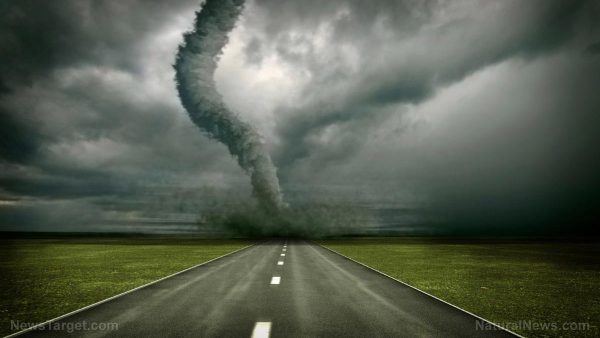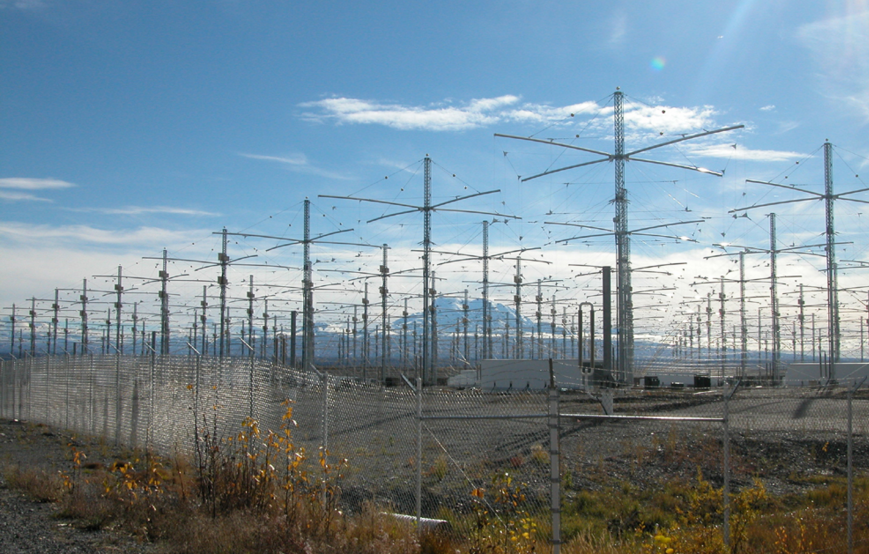
Advertisement
When it comes to battles, knowing your enemy is important. This can be applied to battling with natural disasters. Knowing which type of natural disaster can hit your area will make you more prepared. We have broken six varieties into two categories.
The first are calamities that occur in specific areas. These are: volcanic eruptions, hurricanes, and landslides. Volcanic eruptions only occur in areas with volcanoes, obviously. Active volcanoes are identified through seismic activity and smoke. Scientists can predict, with general accuracy, when and where an eruption will occur. Hurricanes, on the other hand, commonly occur in areas along the Pacific Ocean. Although advanced warnings can be made, nothing can be done to stop hurricanes but to minimize the damage it will cause. Lastly, there are landslides, which are normally the consequences of human activities such as massive deforestation.
The next category are disasters that are not based on geographic location. These are: earthquakes, tornadoes, and wild fires. Earthquakes are sudden, rapid vibrations of the earth caused by rocks breaking under stress. Tornadoes occur when dry air meets wet, heavy air. Wild fires typically accompany extreme heat and happens when there is fire and vegetation.
Designing your survival plan
Now that you know the types of natural disasters, it is time for you to start your survival plan. Here are the steps on how to survive a calamity by mapping out a survival plan. (Related: You need to know these 8 essential survival tips to prepare you for the next catastrophe.)

-
Find all exits in the house – It is important to know all the possible escape routes in your house. This will come in handy when you get trapped and all the usual exits in the house are not available. Aside from the front and back doors, windows that you can jump out of safely, basement windows you can climb out through, and garage doors are some of the possible exit routes in the house you must consider. Include your family in planning, so that they will remember how to get out of the house when a calamity strikes.
-
Know all the shelter places near your house – Discuss with your family a place to go to or meet after a calamity. Moreover, identify the routes and means on how to get to the shelter.
-
Assign a contact person – One of the most important part of developing a survival plan is assigning who to contact during an emergency. Assign a trusted contact person that lives in another location.
-
Practice – Practice your survival plan at least two times a year to reduce the inevitable mistakes you may make during an actual calamity. Practice different situations with the entire family to be more prepared.
-
Use a different method – Try keeping your eyes closed or blindfolding yourself during your practice for surviving calamities. Shutting down the sense of sight enhances the other senses, making you more aware of the surroundings. This will come in handy when a natural disaster comes at night and there is no power or if there is fire and your vision is blocked by smoke.
-
Draw an evacuation plan – Posting an illustration of the evacuation plan on the refrigerator or in a place that every family member can see will help you and your family become more familiar with the plan.
-
Explain the plan to the younger members of the family – Explain the plan to children calmly. Inform them that it is for their safety. Use toys or stories to help.
Find out more disaster survival tips at Disaster.news.
Sources include:
Submit a correction >>
This article may contain statements that reflect the opinion of the author
Advertisement
Advertisements















